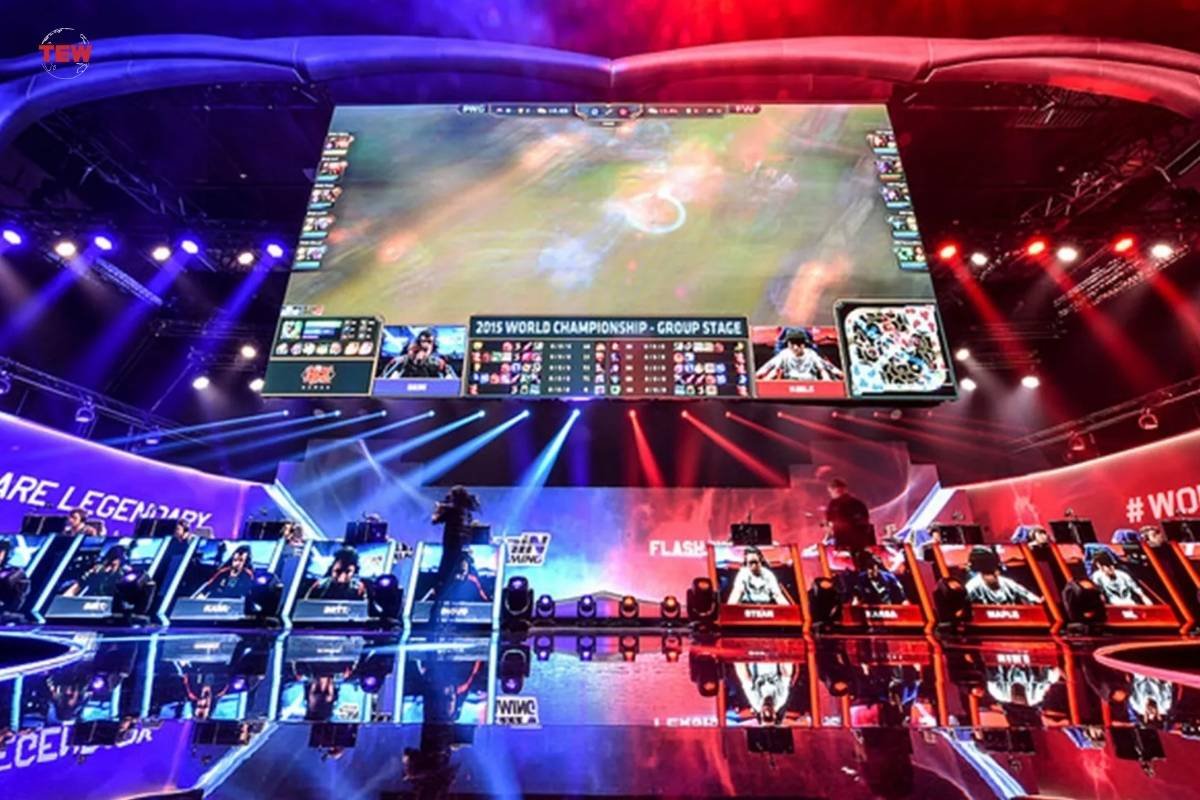Four years ago, the world went into lockdown as COVID-19 took hold. It led people to discover new hobbies and talents, prompting changes in career and working patterns. Generally, the industry closed down, but one industry in particular did the opposite. The eSports industry in 2024 saw a boom as several high-profile athletes took their talents online.
Gaming was the obvious escape for many, with US gaming participation up by 75% as the country went into lockdown. Viewing figures for major eSports were also up, and four years later, the industry is still seeing the effects of that boost. It might have come under challenging circumstances, but eSports became a firmly established pastime and remains so.
The eSports Industry in 2024
There’s a single word that sums up the eSports industry in 2024 – growth. In 2023, the industry was thought to be worth up to $1.98 billion, while by the end of 2024, that is expected to grow to an eyewatering $2.39 billion. Here’s the real eye-opener: by 2032, some projections suggest it could be valued at $10.9 billion.

Source-Helena Kristiansson, ESL Gaming
Most of that revenue comes from something outside the actual game – streaming. Live streaming accounts for 64.8% of the current eSports industry in 2024, as people tune in from around the world to watch their favorite eSports participants. There’s a huge appeal in watching someone on a Call of Duty map, for example, and then going and playing the same map yourself at home. That’s in contrast to NBA fans, for instance, who can watch a game on TV but can’t immediately go out in front of a crowd and start shooting hoops like the stars.
In terms of games, Multiplayer Online Battle Arena (MOBA) games lead the revenue share, with 32.4%. While real sports, such as Formula 1, helped drive the growth and awareness of eSports, the more traditional eSports titles account for much of the revenue. Titles that remain popular include League of Legends and Dota 2, both with big tournaments each year attracting multi-million dollar prize pots.
Globally, countries are investing heavily in gaming, from Saudi Arabia, which is investing heavily, to Denmark, where former Prime Minister Lars Løkke Rasmussen once described Astralis’ Danish CS: GO team as ‘role models’ for the whole country.
The Culture of eSports
While the numbers reflect the market in terms of revenue, they cannot delve deeply into the culture of eSports. It’s a topic that will spark much debate – could you adequately describe the sports culture without drilling down to specifics, such as basketball, NASCAR, etc? Probably not, so to talk about the wider culture of eSports is quite challenging. Some games have a certain welcoming culture, whilst others can be regarded as toxic.

Source-BBC
In the main, eSports culture is much like real sports. At the top level, some participants become stars in their own right. NOtail, Topson, s1mple, and Faker are all household names in their field, and they can earn millions of dollars by competing in tournaments. Below them are professional gamers, some of whom will even offer coaching to amateurs for a fee, helping them get better at their chosen game.
Under that, there is a huge subculture of amateur gamers who will watch on from home, discuss tactics, and even place bets on the outcome of competitions. There’s a huge industry around eSports betting tips, offering gamers advice on what to watch out for and how to study their chosen field. This encourages gamers to watch as much as they can, much like real sports, which then furthers the income derived from live streaming. It also prompts discussion and debate around approaches, different teams, and players, from titles like League of Legends to Fortnite.
There are some negative elements to eSports. It has been accused of misogyny in the past, and some games have attracted criticism for their exploitative nature. EA Sports, a leader in the eSports field with their EA FC title (formerly FIFA), has been hit by regulations around their ‘loot boxes’, which top gamers must invest in to get the best players.
However, these are problems that are sure to be ironed out as the industry grows. More female players than ever before are being attracted to their consoles, and loot boxes are increasingly frowned upon. The eSports industry in 2024 is sure to navigate these obstacles in the continued push for more exposure and players as they meander towards revenue of more than $10 billion in the next decade.






